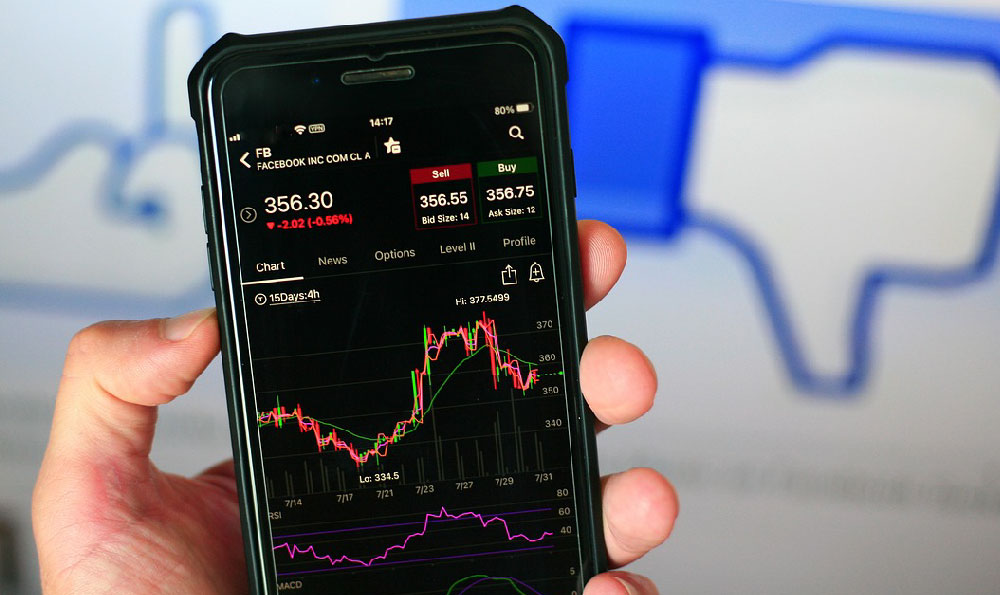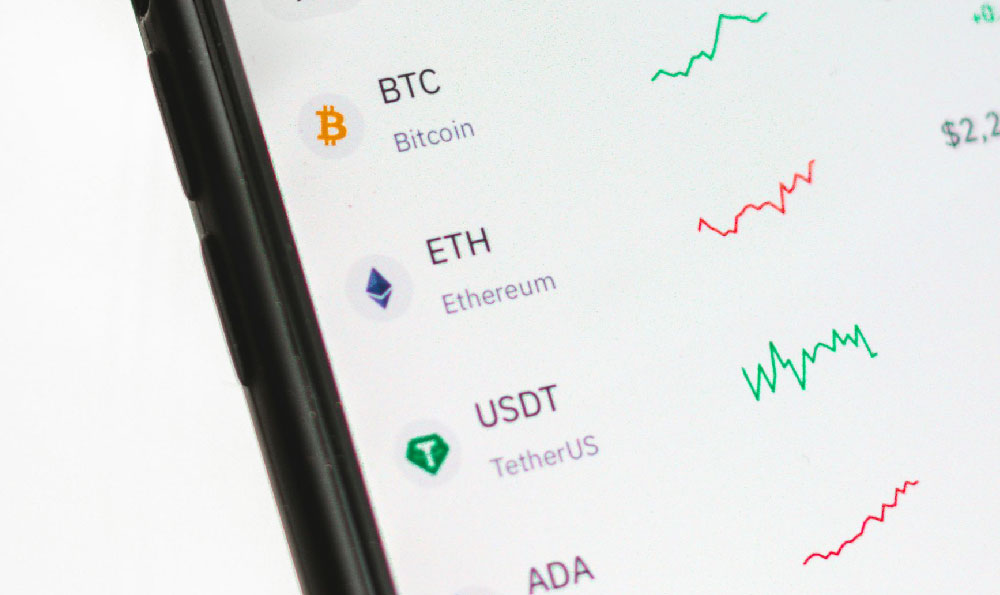There are countless apps available on app stores today, spanning across various categories such as gaming, social media, productivity, and entertainment. While many apps are offered for free, their developers and publishers are businesses seeking to generate revenue and sustain their operations. Understanding how apps earn revenue is crucial for anyone involved in the app ecosystem, from developers creating new apps to users seeking to understand the economic forces shaping their app experiences. Several popular monetization strategies are employed by app developers to achieve profitability.
One of the most prevalent methods is advertising. Many free apps rely on displaying advertisements to users as a primary revenue stream. These ads can take various forms, including banner ads displayed at the top or bottom of the screen, interstitial ads that appear between activities, rewarded video ads that users can choose to watch for in-app rewards, and native ads that blend seamlessly with the app's content and design. The revenue generated from advertising depends on factors like ad impressions (the number of times an ad is displayed), click-through rates (the percentage of users who click on an ad), and cost-per-click or cost-per-impression rates determined by ad networks and advertisers. While advertising can be a significant source of income for free apps, it's essential to strike a balance between ad revenue and user experience. Excessive or intrusive ads can annoy users and lead to app abandonment. Developers often optimize their ad placements and formats to maximize revenue without compromising user satisfaction.
Another widely used monetization strategy is the freemium model. This approach involves offering a basic version of the app for free, with the option to unlock premium features, content, or services through in-app purchases. The freemium model aims to attract a large user base with the free version and then convert a portion of those users into paying customers by offering compelling upgrades or enhancements. Examples of premium features include ad-free experiences, access to exclusive content, expanded storage, additional features, or virtual goods. The success of the freemium model depends on effectively enticing users to upgrade by offering valuable and desirable premium options. It's crucial to carefully price premium features to ensure they are attractive to users while still generating sufficient revenue.

In-app purchases (IAPs) are a cornerstone of many app monetization strategies, especially within the freemium model. IAPs encompass a wide range of virtual goods, services, and content that users can purchase within the app. These can include virtual currency, power-ups, cosmetic items, subscriptions, or access to premium content. Gaming apps often rely heavily on IAPs, allowing players to purchase virtual items to enhance their gameplay or accelerate their progress. Subscription-based IAPs provide users with ongoing access to premium content or services for a recurring fee, typically monthly or annually. The key to successful IAPs is to offer compelling and desirable items that enhance the user experience and provide value.
Subscription models are increasingly popular, offering users ongoing access to premium content, services, or features for a recurring fee. Subscription apps provide a predictable and recurring revenue stream for developers, while users benefit from continuous access to valuable content or functionality. Subscription models are common in various app categories, including streaming services, news and information apps, productivity tools, and health and fitness apps. The success of a subscription app depends on offering a consistently high-quality service and retaining subscribers over the long term. It's essential to provide ongoing value and continuously improve the app to keep subscribers engaged and prevent churn.
Paid apps, where users pay a one-time fee to download and install the app, represent a more straightforward monetization approach. While less common than free apps with in-app purchases or advertising, paid apps can still be successful, particularly in niche categories or when offering specialized functionality. Paid apps typically need to provide a compelling value proposition to justify the upfront cost. They often offer a unique feature set, a polished user experience, or specialized content that sets them apart from free alternatives. Paid apps also benefit from positive reviews and word-of-mouth marketing, as users are more likely to recommend a paid app that they have found valuable.
Data monetization, although often less explicit, involves leveraging user data to generate revenue. This can include anonymized data collected on user behavior, preferences, and demographics. This data can be sold to third-party advertisers, market research firms, or other businesses for targeted advertising or data analysis purposes. However, data monetization must be approached with caution, as it raises privacy concerns and requires transparent data collection and usage policies. App developers must be upfront with users about how their data is being collected and used, and they must comply with relevant privacy regulations. Transparency and user consent are crucial for maintaining trust and avoiding negative backlash.
Affiliate marketing is another strategy where app developers partner with businesses to promote their products or services within the app. When users click on affiliate links or make purchases through the app, the developer receives a commission. Affiliate marketing can be a mutually beneficial arrangement, allowing developers to generate revenue while providing users with access to relevant products or services. The key to successful affiliate marketing is to promote products or services that are genuinely relevant to the app's users and that provide value. Irrelevant or intrusive affiliate promotions can annoy users and damage the app's reputation.
Choosing the right monetization strategy depends on various factors, including the app's target audience, functionality, content, and development costs. Some apps may benefit from a combination of strategies, such as advertising and in-app purchases. It's essential to carefully consider the pros and cons of each approach and to test different monetization models to optimize revenue generation. User feedback is crucial for understanding how monetization strategies impact user experience and for making adjustments as needed. Regular analysis of app metrics, such as user engagement, conversion rates, and revenue per user, is essential for tracking performance and identifying areas for improvement.
Ultimately, successful app monetization requires a balance between generating revenue and providing a positive user experience. Apps that prioritize user satisfaction and offer genuine value are more likely to retain users and generate sustainable revenue over the long term. Transparency, ethical practices, and a focus on user needs are essential for building trust and creating a thriving app ecosystem. Developers must continuously adapt their monetization strategies to meet changing user expectations and market trends.












